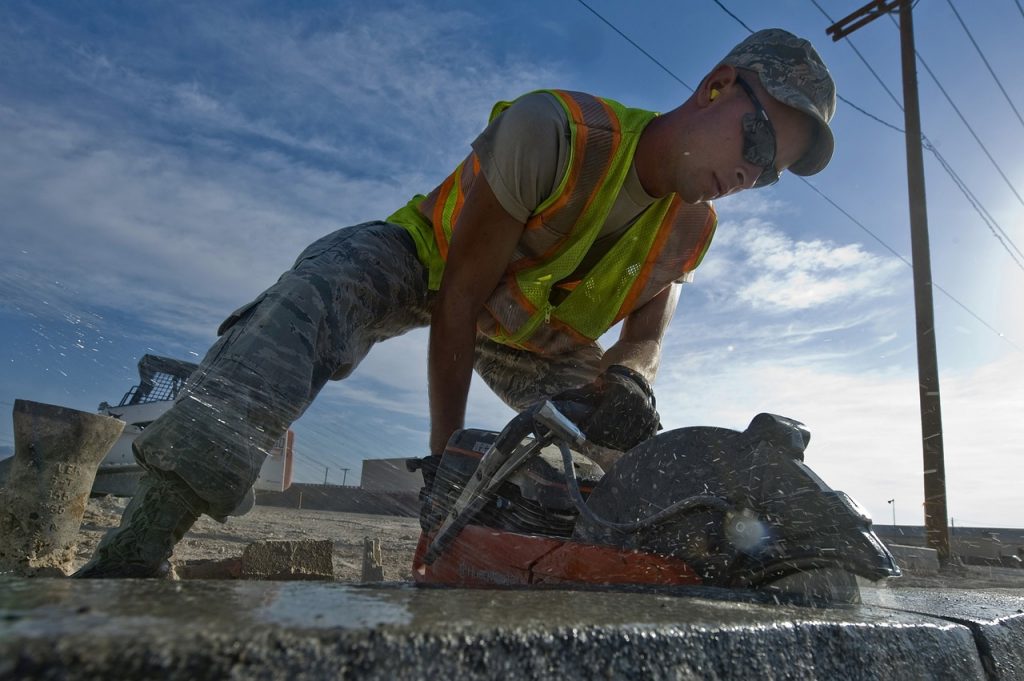This is Part I of an essay I wrote as part of my course work at Columbia Southern University. Most of the information I have understood for years and taught to others. This time, the research backs my experience and observation.
According to The United States Bureau of Labor and Statistics (BLS), “27.3 percent of workers in construction were of Hispanic or Latino ethnicity.” “Hispanic or Latino workers had a higher percentage of fatal injuries due to falls, slips, or trips, 23 percent, compared with 17 percent for all workers.” These alarming statistics clearly show that Hispanic construction workers are at a greater risk of injury and death. Further investigation is needed on the issues so that effective solutions can be utilized to save lives. Before a doctor can prescribe a medical treatment, she first must do an examination.
Likewise, to treat or counteract the high percentage of death and injuries among Hispanic workers, the contributing factors must be identified. The first factor is language barriers, while the second relates to difficulties in training. The last factor accounts for how culture can influence dangerous work habits. A better understanding of these issues can make it easier to prescribe a successful treatment to the unfortunate accidents and deaths experienced by a third of the construction workforce.
Language Barriers
Excellent communication is key for companies to have a successful safety program. Many successful companies expend considerable resources performing job hazard analyses to determine potential risk factors. The result from the analysis is used to develop a safety plan with procedures that workers will use as a procedural guide for performing the tasks required to complete work assignments. Once company procedures are written out, employees must receive those policies. They must be taught to recognize potential hazards, how to correctly perform work, how to effectively use personal protective equipment (PPE), and given any other information written into the company policy. That transference of information requires consistent and helpful teaching methods or dialog. This detailed systematic communication program can be problematic when the entire workforce shares the same language.
The task to communicate detailed and often complicated information poses an even greater challenge when overcoming a language barrier. According to The Center for Construction Research and Training Chart Book (6th edition) “nearly 30% of construction workers spoke a language other than English at home.” “Among foreign-born construction workers, about 86% reported they spoke Spanish at home.” The fact that the vast majority of foreign-born Hispanic workers speak Spanish at home indicates that Spanish is their primary language.
Another factor affecting the ability of foreign-born Latinos to communicate is the fact that many have little or no secular education or literacy in their own language. According to the U.S. Census Bureau 27% of adult Latinos living in the United States have less than a ninth-grade level of education. According to them, “The Hispanic population aged 25 and older was less likely to have graduated from high school than non-Hispanic Whites (57.0 percent and 88.7 percent, respectively).” (U.S. Census Bureau) Limited literacy along with a language barrier poses a great challenge for companies who wish to convey a detailed safety policy. It is likely that limited English proficient (LEP) workers with limited education in Spanish will lack the ability to comprehend the information translated in their own language.
The challenge now is for companies to best figure out how to communicate safety to their Hispanic workers when a language barrier is identified. A survey was sent to executives, vice presidents, project managers, and assistant project managers where 95.4% of respondents indicated that a language barrier exists. (Eide J 2017) The fatality statistics illustrate why the problem cannot be ignored.
Although it is a common opinion in the U.S. that immigrants should learn English if they are choosing to live in the United States, the education and literacy levels of a sizable proportion of foreign-born immigrants appear to make that challenge unrealistic. A better approach would be to hire fully bilingual people to leadership positions or invest in sending supervisors to take college level Spanish courses. However, the language barrier is only one contributing factor to Hispanic injuries. Closely related to and often affected by language are the methods used to train workers.

